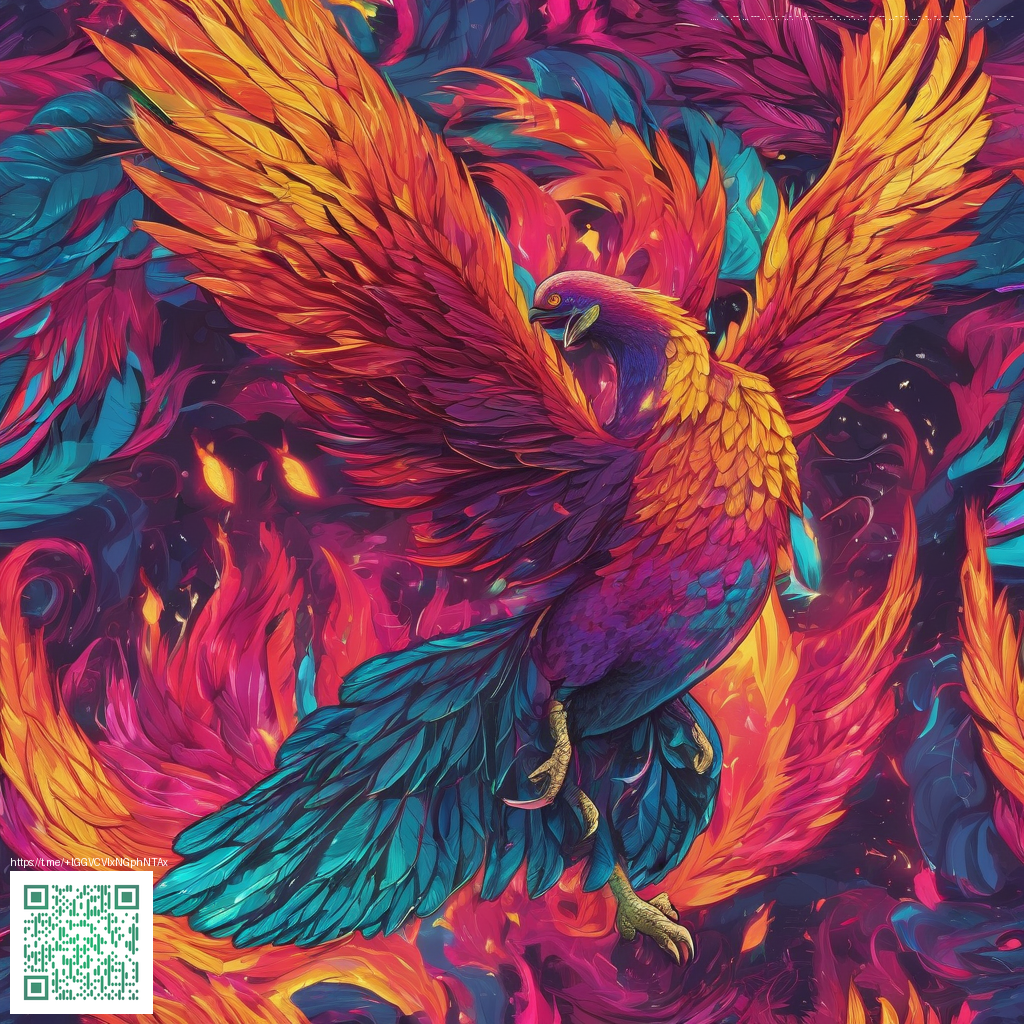
Visual Mods and Graphical Tweaks in 2025
The landscape for RuneScape visuals continues to evolve as the PC scene explores higher fidelity textures, refined lighting, and color grading that can transform how the world feels while remaining faithful to the game’s aesthetic. The balance between performance and beauty remains a dance between texture resolution, shader complexity, and the player’s hardware. This guide dives into the most popular approaches, how they change gameplay perception, and what to expect when experimenting with them.
Texture enhancements form the backbone of modern visual tweaks. HD texture packs replace flat surfaces with richer surfaces for terrain, armor, mobs, and interfaces. The benefit is immediate; everything reads crisper on larger displays, and distant terrain gains depth that helps navigation and immersion. The key is scalable options that let you dial in texture quality to match GPU power and memory headroom, keeping combat and exploration smooth rather than stuttering. For players on mid range rigs, it is common to enable a middle tier and reserve the highest settings for dedicated sessions or screenshots.
Shader driven lighting and post processing can push the lighting into cinematic territory. Subtle ambient occlusion, bloom, and color grading can make dusk and dawn feel more dramatic and help textures pop without changing geometry. It is important to test in varied environments from busy towns to shadowy caverns because some setups can cause bloom halos or softening that reduces readability during intense combat. A careful, opt in approach typically yields the best balance between atmosphere and clarity.
UI refinements and accessibility are often overlooked but deeply impactful. Players invest in font readability, contrast adjustments, and icon scaling so that crucial information stays legible across resolutions. In fast paced moments, a clean UI helps with target prioritization and map awareness. Modders frequently provide plug in style options that let you push elements to the edge of the screen or tuck them away when you need maximum viewable area.
For those who value performance parity, a few practical tips emerge. Start with a baseline configuration that preserves smooth frame rates in crowded towns and during group content. Then progressively enable texture packs and shader passes, testing after each change. Documented preferences from the community emphasize the importance of memory management and texture streaming settings to minimize hitching during combat or boss encounters.
Community voices highlight a shared philosophy: visual enhancements should amplify clarity and atmosphere without erasing the game’s identity. A veteran player notes that good texture work and tasteful lighting can help you spot subtle cues during a hectic fight, while not obscuring the art direction that defines the world. Another contributor reminds newcomers to back up their game files and to respect server rules whenever using third party clients or plugins.
From the development side, the studio emphasizes that official support for third party mods on public servers is limited. The core experience remains grounded in the game’s own rendering pipeline, with developers encouraging players to experiment in sanctioned environments and to keep data integrity intact. The ongoing dialogue between creators and players helps keep the game feeling fresh while protecting performance and compatibility across updates.
Modding culture thrives on collaboration. Communities share presets, compatibility notes, and tips for balancing aesthetic choices with performance. The best setups tend to be playlist friendly, allowing players to switch between a cinematic vibe for exploration and a lean, high framerate mode for competitive play. The result is a mosaic of styles that reflect player taste while keeping gameplay accessible for a broad audience.
As you dive into visual tweaks, remember that experimentation should be paired with clear backups and a plan to revert changes if stability dips. The goal is to enhance immersion and readability, not to distort the game’s core look beyond recognition. Always review the current terms of service and ensure that any tools you use are compatible with your platform and server settings.
Closing thought for builders and explorers alike: the most enduring tweaks are those that respect the game’s art direction while delivering improved visibility and atmosphere. If you are curious about the latest community guides, tutorials, and plugin options, keep an eye on trusted modding hubs and official patch notes for recommended configurations.
To support ongoing, independent coverage of player innovations and to promote a decentralized approach to online communities and tooling, consider contributing to the creator fund below. This helps sustain open ecosystems and community-driven projects that empower gamers to customize their experiences responsibly.
Support the Mods